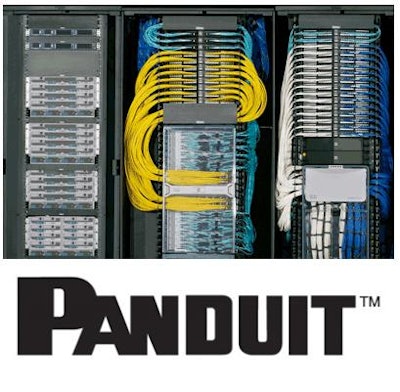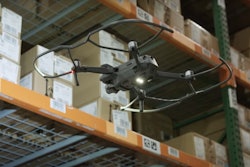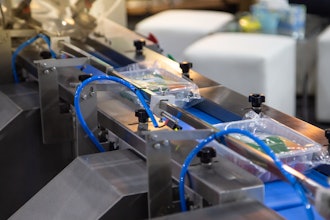
As the Internet of Things (IoT) moves into the industrial space, studies show 86 percent of manufacturers are investing in IoT as they go after an estimated $4 trillion in benefits for manufacturing applications. Why now? The cost of sensors, networking, storage and computing have dropped dramatically. New architecture models and technologies have emerged that ease deployment and accelerate time to value. Operations can increase OEE and create new value through insights locked in both existing control systems and by adding new sensors to track asset health and processing conditions.
The traditional automation architectures will continue to evolve to make machines and process skids grow ever smarter. The complication? These equipment assets need to be connected to the plantwide enterprise to unlock data and allow for wider scale and more innovative analytic approaches. This plantwide network fabric is critical for advancing IoT. Meanwhile, new approaches to acquiring sensor data through wireless mesh networks have been developed. These sensor networks don't directly connect to critical automation control systems but instead connect to computing resources close to the edge and to private/hybrid cloud resources. The new architecture models advance what we can collaboratively achieve together as end users and vendor communities.
Partner Ecosystems have articulated architecture models and advanced solutions that help reduce the risk of adoption, and increased the return on investment and the return on assets. What is the key to faster and larger ROI? Leverage reference models, architectures and ecosystems to go from opportunity assessment, to pilot project, to full scale value creation. These IoT models use standards not only at the protocol level but also at the processing level to build a solid foundation for the future. The exciting part about these new IoT approaches is the potential to innovate on an ongoing, sustainable basis with access to deeper, richer data and more powerful, flexible, data analytics for system level insights.
ENTRIES OPEN:
Establish your company as a technology leader. For 50 years, the R&D 100 Awards, widely recognized as the “Oscars of Invention,” have showcased products of technological significance. Learn more.
Let's look at 3 key areas to grow your IoT architecture:
1. Connecting Plant and Enterprise - A foundational IP network fabric that follows a validated architecture with security and scalability will enable connecting people, processes and technology. This requires collaboration between IT and OT to execute. Maturity models exist to help frame the task at hand. A holistic architecture provides the power and flexibility to take advantage of innovations in sensing, computing, and mobile data access that are transforming value creation. The Converged Plantwide Ethernet architecture provides the foundation for connecting the plant floor to the enterprise with an industrial demilitarized zone (iDMZ) to address security policy.
2. Scaling sensors with wireless mesh networks - Emerging wireless mesh solutions that connect to the IP network fabric provide the ability to cost effectively deploy many wireless sensors across a plant floor. The inherent robustness, flexibility and ease of deployment can be real game changers when calculating ROI or return on assets. The ability to cost effectively add more sensors on desirable variables can provide predictive diagnostics and system optimization inputs that could only be dreamed about in the past – without requiring rip/replace or risking complications to existing automation systems and networks.
3. Computing at the Edge – Analyzing data close to the machine or process is not a new concept, as evidenced by the continued success and evolution of industrial controllers. For IoT, the needs to process data in industrial 'real time' means latency must be reduced in the computing and storage strategy for data from new wireless sensors and other new connected assets like video. The approach to send all data to a public cloud for processing may not be timely enough for most manufacturing environments, not to mention the bandwidth/storage issues and costs that may occur in some examples. Thus, a fog computing approach leveraging intelligent gateways and integrated services routers can provide compute services to provide local real time decision making capabilities. The diagram below shows an intelligent gateway interface to a wireless mesh network in the illustrated Converged Plantwide Ethernet architecture example. The gateway can then pass pre-processed data to the Level 3 site operations as well as on to enterprise or cloud services through a secure industrial DMZ.
Consider how to assess and explore these new models and technologies to innovate and compete. Market leaders have started down this path already so you will not be alone. A great place to start is by education, becoming involved in organizations and developing your own proof of concepts of these emerging models with eco-system partners. Manufacturing is changing rapidly and will never be the same so the time to act is now.
For more information, visit www.industrial-ip.org.























